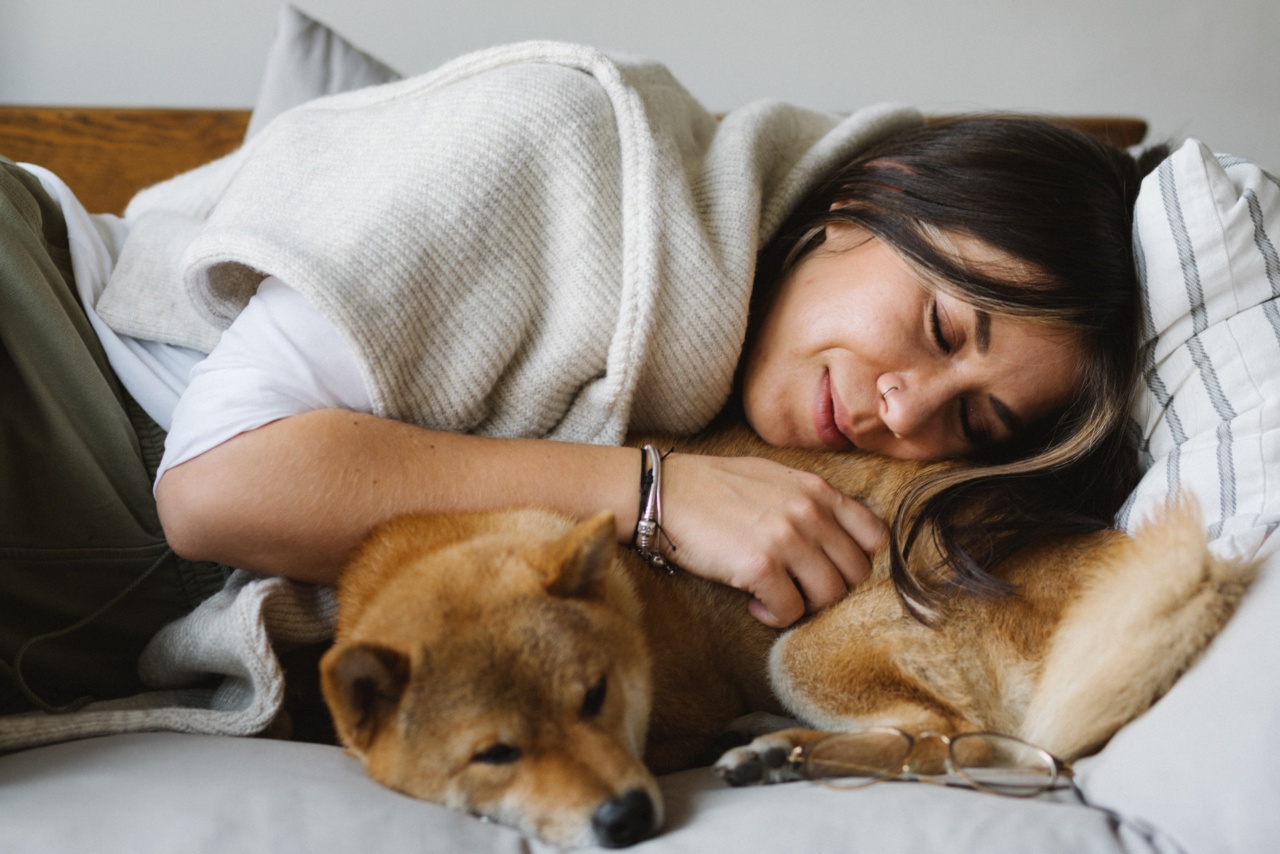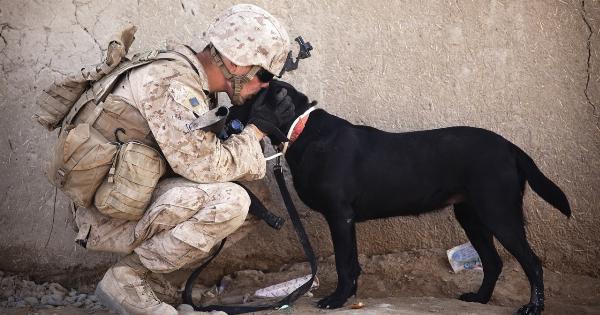Dogs have a variety of sleeping positions, and one of the most common ones is curling up. This position involves the dog tucking their hind legs under their body and curling their tail around their face.
While this position may look uncomfortable to us, dogs find it quite cozy and secure. There are several reasons why dogs prefer to curl up when they sleep:.
1. Instinctual behavior
It’s important to remember that dogs are descendants of wolves, and their sleeping positions are often rooted in their ancestral instincts.
Curling up helps them conserve body heat, protect their vital organs, and keep themselves safe from potential predators. In the wild, wolves and other canids often sleep in a curled-up position to stay warm and feel secure.
2. Feeling safe and secure
Curling up helps dogs feel safe and secure while they sleep. By tucking their legs under their body, they protect their vulnerable belly from any potential threats.
Curling their tail around their face may provide them with an additional sense of security, as it helps shield their face and eyes.
3. Comfort and relaxation
Sleeping in a curled-up position can also be very comfortable for dogs. Curling up allows them to create a snug and cozy sleeping area, especially when they have access to a soft bed or blanket.
This position also helps them relax and enter a deep sleep, as they feel more at ease and less vulnerable.
4. Regulating body temperature
Dogs have a higher body temperature than humans, and curling up can help them regulate it. By tucking their legs close to their body and minimizing their surface area exposed to the air, they can conserve heat more efficiently.
In colder environments or during colder seasons, dogs may naturally curl up to keep warm.
5. Minimizing exposure to external stimuli
When dogs curl up to sleep, they position themselves in a way that minimizes exposure to external stimuli.
By enclosing themselves in a small space, they can reduce visual and auditory distractions, making it easier for them to relax and drift off into a peaceful sleep.
6. Breed tendencies
Some dog breeds have a greater tendency to curl up while sleeping than others. For example, small and toy breeds such as Chihuahuas and Cavalier King Charles Spaniels are often seen sleeping in a curled-up position.
On the other hand, larger breeds like Labradors and Great Danes may prefer to stretch out due to their size.
7. Health benefits
Curling up can also have some health benefits for dogs. By tucking their limbs tightly, they may experience less muscle and joint strain, leading to better comfort and less chance of stiffness when they wake up.
This sleeping position can be especially beneficial for dogs with arthritis or other joint-related issues.
8. Psychological reasons
Aside from the physical, there are also psychological reasons why dogs curl up to sleep. Dogs are social animals that thrive on companionship, and sleeping in a curled-up position can be a way for them to feel closer to their pack or family members.
By curling up, they may be mimicking the closeness and warmth they experienced while cuddling with their littermates as puppies.
9. Context-dependent
It’s important to note that dogs may not always curl up to sleep. Their sleeping positions can vary depending on factors such as the environment, temperature, and their level of comfort.
If a dog feels secure and relaxed in a particular space, they may choose to stretch out or sleep on their side instead, allowing them to fully rest and recharge.
10. Understanding your dog
While the curled-up sleeping position is common among dogs, every dog is unique, and their preferences may differ.
Observing your dog’s sleeping habits and understanding their individual needs can help you provide them with the most comfortable sleeping environment.































